Galería K.O.N.G. (공근혜갤러리)
1.5Km 2024-08-06
Samcheong-ro 7-gil 38, Jongno-gu, Seúl
Museo de Artesanía de Seúl (SeMoCA) (서울공예박물관)
1.5Km 2025-05-28
Yulgok-ro 3-gil 4, Jongno-gu, Seúl
Nwijo (뉘조)
1.5Km 2024-11-28
27, Insadong 14-gil, Jongno-gu, Seoul
+82-2-730-9311
Nwijo (뉘조) is a Korean restaurant specializing in wild vegetable cuisine. The name ‘Nwijo’ means ‘the god of the silkworm,’ and likens wild vegetables to silkworms in that both can be eaten in their entirety. The restaurant serves original full-course Korean meals that are prepared using hundreds of kinds of wild vegetables, including special seasonal vegetables.
A typical full-course meal starts with delicious pumpkin porridge, followed by seasoned wild vegetables, root vegetable ssam (condiments wrapped in vegetable leaves), slices of boiled meat, and steamed lotus leaf-wrapped rice served with jjigae (Korean stew) and various side dishes. This kind of traditional feast is pleasing to both the eye and the palate and is topped off with sikhye (traditional sweet rice drink). Lunch specials are also available.
Hwangsaengga Kalguksu (황생가칼국수)
1.6Km 2025-05-14
78, Bukchon-ro 5-gil, Jongno-gu, Seoul
Sieunjae / 시은재
1.6Km 2025-08-13
439, Samil-daero, Jongno-gu, Seoul
+82-10-5355-3029
Located in Gyeongun-dong, Jongno-gu at the very heart of Seoul, Sieunjae is a hanok with a longstanding tradition. It has three guestrooms including the anbang (main room), byeolchae (detached building), and jakeunbang (small room). The anbang is the only room with a living room, where various items of old furniture, including a comfortable sofa, create an antique atmosphere. The communal bathroom and toilets are supplied with toiletries, while the communal kitchen is equipped with cooking equipment and a washing machine.
The house can be rented either as individual accommodations or in its entirety. As it is situated in Jongno-gu, at the very heart of Seoul, guests can easily reach many nearby major tourist attractions. Car users are advised to use the public parking lot as the house has no parking spaces. Entering by a small gate, the little flowerbed comes into sight. This old hanok shows traces of repair works on the tiled roof.
Galería de Arte Kyung-In (경인미술관)
1.6Km 2021-03-18
Insadong 10-gil 11-4, Jongno-gu, Seúl.
Es un museo de arte inaugurado el 6 de diciembre de 1983, localizado en el centro de la ciudad de Seúl. Más allá de ser un espacio cultural para los artistas, es uno de los lugares turísticos frecuentados por los turistas extranjeros. En una superficie amplia de aproximadamente 1.650 ㎡, posee 5 salas destinadas a la exposición de obras artísticas, sector de exhibición al aire libre, escenario al aire libre para la representación de eventos culturales, pantalla audiovisual, la casa de té tradicional Dawon, etc.
Siendo un espacio cultural que incorpora todos los detalles modernos y tradicionales, es utilizado para la exposición de obras y como lugar de encuentro entre los artistas. Todos los rincones de este museo ofrecen algo para disfrutar, ya sea el escenario al aire libre, las esculturas que se encuentran en el jardín o las piezas de arte. En primavera y otoño, se realizan conciertos musicales y ensayos de obras con los autores.
Insa Art Plaza (인사아트프라자)
1.6Km 2024-02-21
Insadong-gil 34-1, Jongno-gu, Seúl
Sarangchae (사랑채)
1.6Km 2025-05-14
6, Insadong 16-gil, Jongno-gu, Seoul
Museo del Mueble de Corea (한국가구박물관)
1.6Km 2024-07-29
Daesagwan-ro 121, Seongbuk-gu, Seúl
Ubicado en una colina en el barrio de Seongbuk-dong, en Seúl, el museo brinda la oportunidad de apreciar los muebles tradicionales coreanos. El mobiliario del museo se expone según diferentes temáticas como su ubicación inicial en la casa, sus materiales de fabricación o su región de origen. El museo posee un total de diez casas tradicionales que han sido trasladadas allí y restauradas durante quince años. Se puede apreciar con naturalidad el ambiente residencial en la antigua Corea a través de la decoración interior, los murales con motivos florales tradicionales, las chimeneas y los patios, entre otros. Solo se puede acceder al museo con reserva, y se tarda aproximadamente una hora en recorrerlo en compañía de un guía. Este último le proporcionará diversa información y anécdotas sobre el mobiliario tradicional y la cultura de la vivienda en armonía con la naturaleza en Corea. Además, se pueden ver diferentes cuencos y vasijas antiguas que decoran los ambientes. La aparición de BTS en el programa de televisión coreano “You Quiz on the Block” permitió mostrar el Museo del Mueble de Corea. Además del grupo, el lugar ha recibido la visita de diferentes personalidades internacionales como el presidente de China, Xi Jinping, el actor Brad Pitt y la presentadora de televisión Martha Stewart, entre otros.
Ssamzigil (쌈지길)
1.6Km 2025-05-26
Insadong-gil 44, Jongno-gu, Seúl
En las animadas calles de Insa-dong se fundó un área de 500 m de largo el 18 de diciembre de 2004. Este edificio tan particular fue construido conectando las encantadoras calles con escaleras en forma de espiral. Al ir haciendo compras por las divertidas y encantadoras tiendas hasta el último piso, llegará a Haneulmadang, donde podrá tener una buena vista del cielo. Ssamzigil cubre una superficie de aproximdamente 4.000 m² con más de 70 tiendas de artesanías, galerías de arte, restaurantes y tiendas de recuerdos.
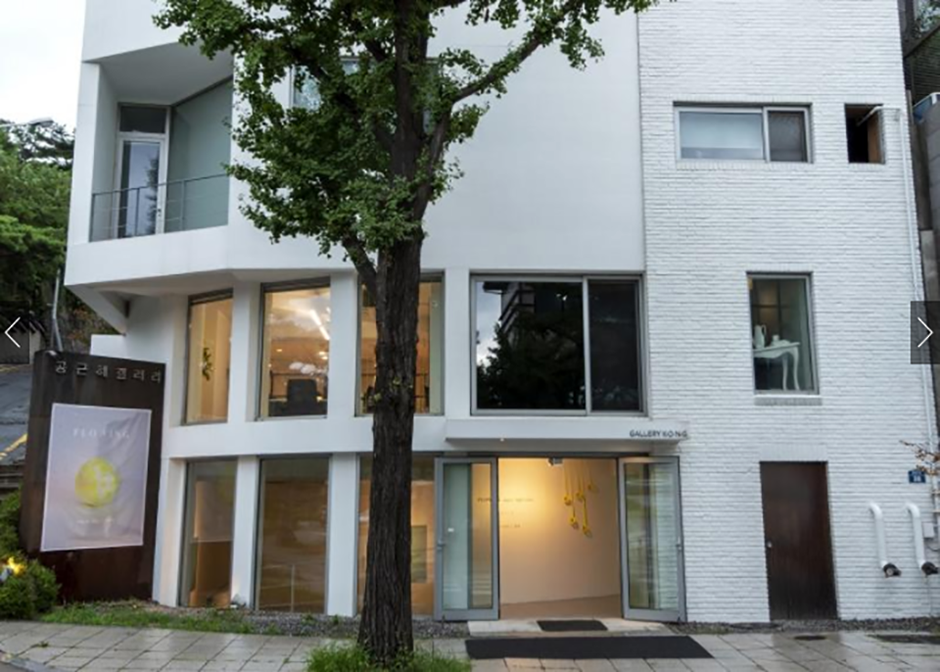
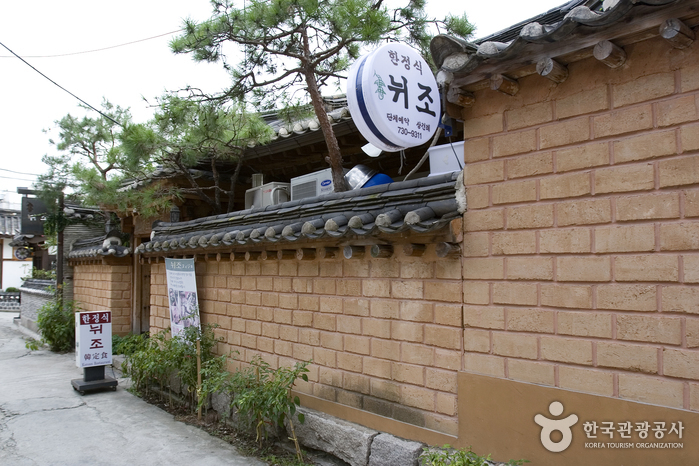
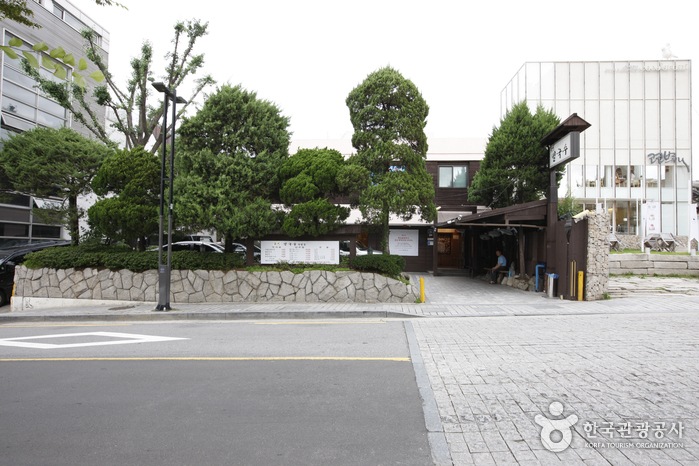
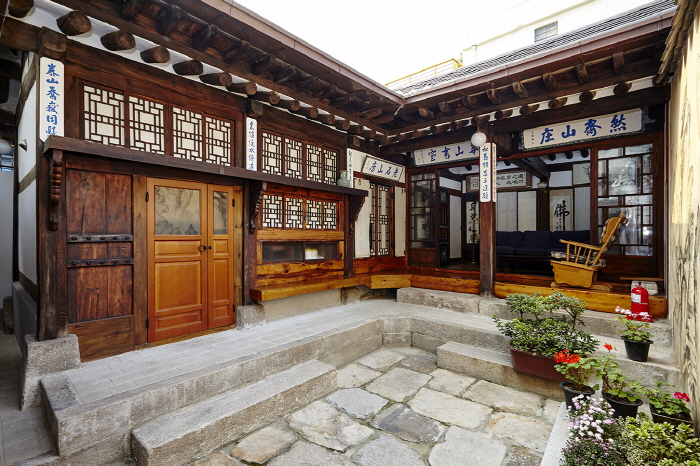
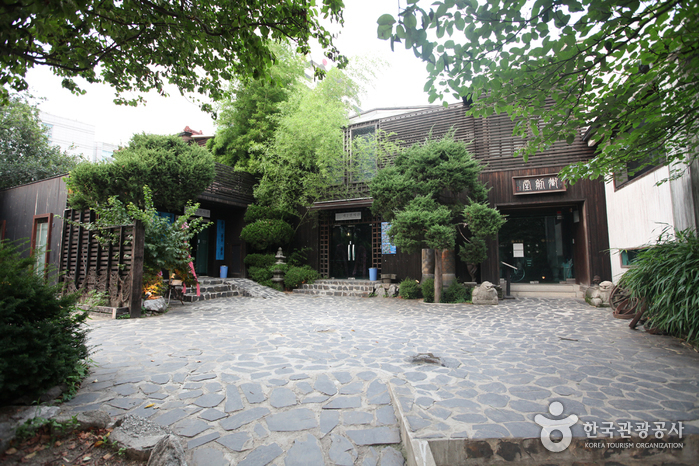
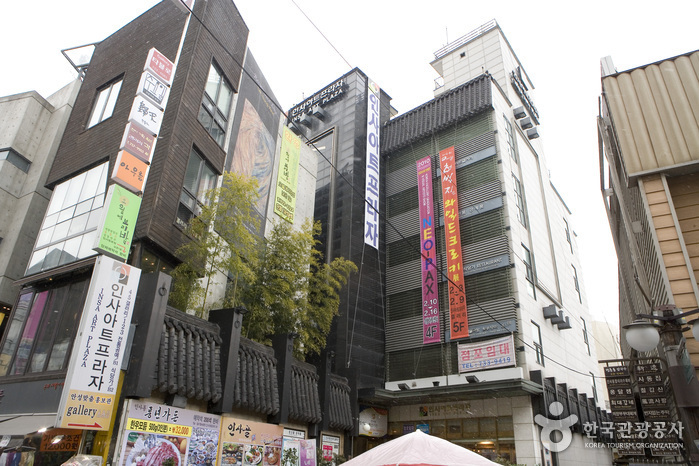

 Español
Español
 한국어
한국어 English
English 日本語
日本語 中文(简体)
中文(简体) Deutsch
Deutsch Français
Français Русский
Русский